Ground Mount Solar

Why Go Ground Mount in Australia?
With the right assistance, the top solar installers can also help you obtain the necessary state and federal financing and rebates for your ground mount solar installation. Results? Maximise your profit by all available rebates and low-interest loans.
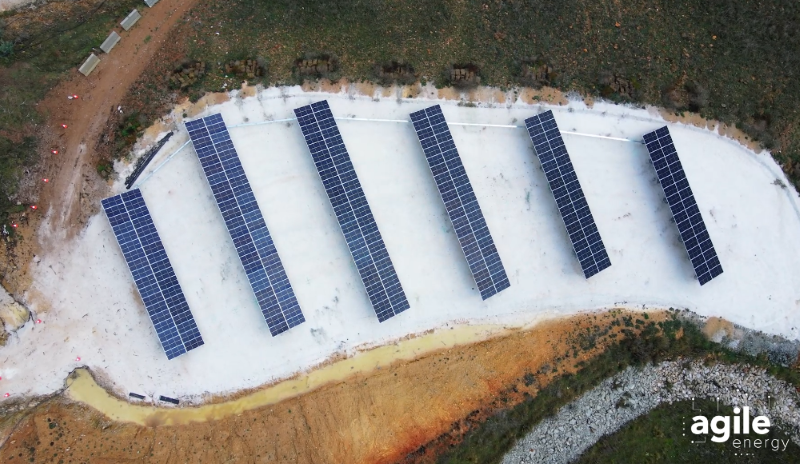
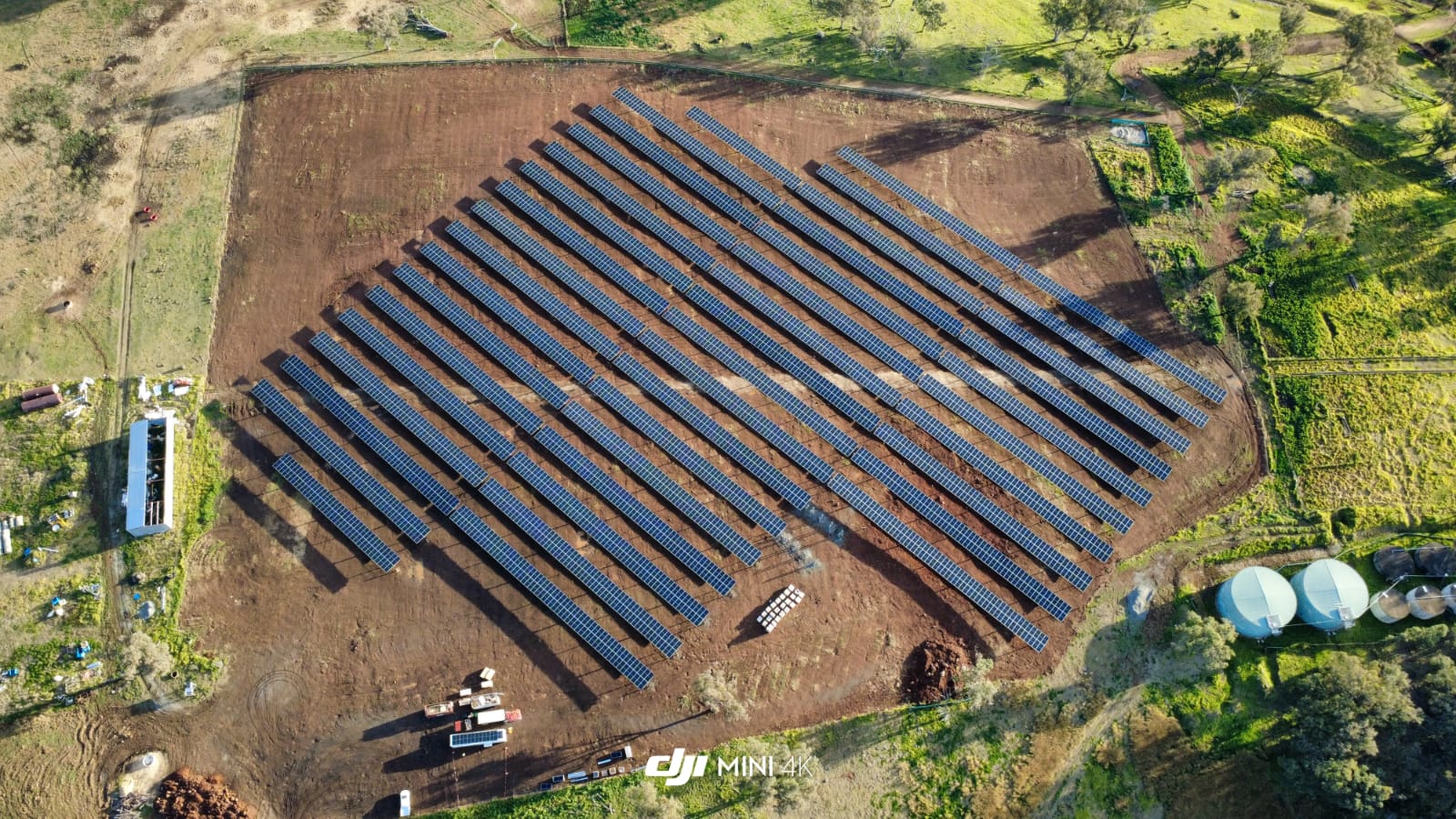
What is a Ground Mount Solar System?
A ground mount solar system requires installing solar panels on the ground instead of on rooftops. Because of their great placement and orientation flexibility, these systems can be positioned to maximise sunlight. These come in three configurations:
- Standard Ground Mounts: This method requires a metal frame fastened to the ground using ground anchors such as driven piers, ballasts, helical piles, or concrete piers. The soil composition, wind load requirements, and local permitting laws all influence the choice of foundation.
- Pole-Mounted Ground Mounts: Pole-mounted ground mount solar systems are perfect for uneven terrain since they require one or more centre posts. They must, however, satisfy wind load and soil stability requirements, which can make permitting more difficult, and they sometimes need deeper foundations.
- Solar Carports: Parking lots or structures that have solar panels installed on the shelter are called as solar carports. The systems provide two benefits- vehicle sheltering and solar power generation. They are perfect since they maximise land utilisation through otherwise underutilised space in urban or suburban environments where there is insufficient ground space for conventional solar arrays.
Ground mount solar panels are a great and affordable choice to maintain and expand for buildings with enough acreage. Large homes, ranches, and companies with enough acreage can use ground-mounted solar panels.
Ground Mount vs Rooftop Solar: Which is Better?
Wondering if a ground-mount or rooftop solar system is a better choice for your property, depending on where you live in Australia? Regardless of whether you own a home or a company, each system has advantages and disadvantages for different types of properties.
Feature
Ground Mount
Rooftop Solar
Installation Area
Requires land
Uses the existing roof
Tilt & Orientation
Adjustable
Depends on the roof angle
Maintenance Access
Easy
Limited
Cost
Higher (structure & trenching)
Lower upfront
Best for
Large or rural properties
Homes, small businesses
How Much Land is Needed for Ground Mount Solar?
The square footage required for your solar installation is determined by several individual project criteria, such as the characteristics of your ground, your structure, and the type of panels you decide to install. Here are some factors you should consider to calculate the area of your property that would be needed for solar panels for a quick indication of how much space you'll need.
- Factor
- Calculation
- Panel Efficiency
- Tilt Angle
- Flat Land
- Sloped or Uneven Land
- Access and Maintenance
- Shading Considerations
- Requirement
- Roughly 100 m² is needed for every 10kW solar system.
- High-efficiency panels generate more power in less space, needs less land.
- Panels tilted at steeper angles may require more spacing between rows.
- Easier and affordable to install; panels can be arranged uniformly.
- Still workable using adjustable racking systems; may need more site prep.
- Ground systems need space around rows for easy cleaning and servicing.
- More land may be needed to avoid shadows from trees, buildings, or terrain.
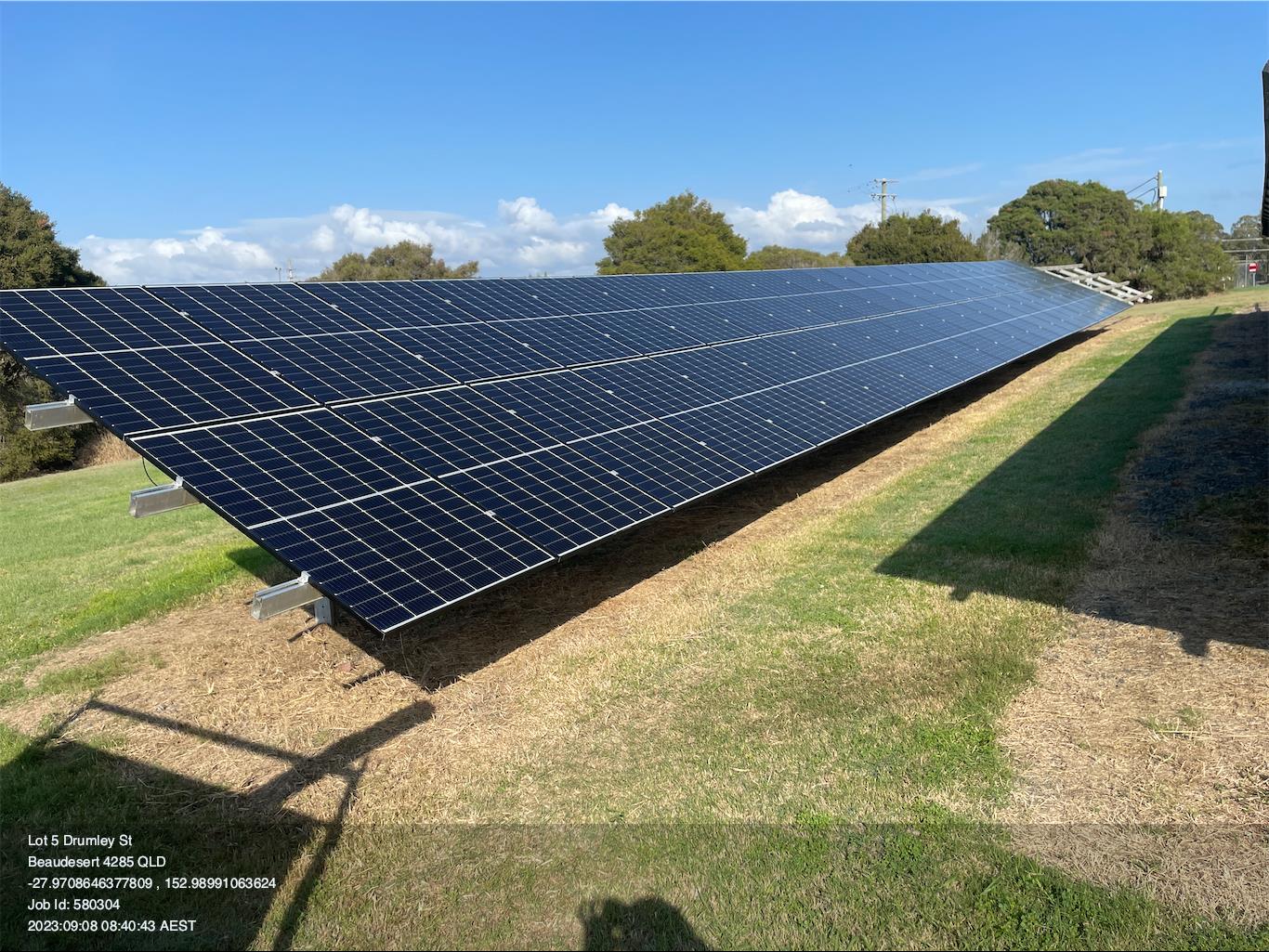
How is Ground Mount Solar Installed?
To promise that your system performs at its peak from the first day of operation, a seamless installation procedure must be planned and carried out, from the initial site assessment to the final commissioning. The entire ground mount solar installation procedure usually takes 2 - 4 days.
Site preparation (clearing, grading):
The site assessment identifies the soil characteristics, sun access, and land appropriateness to start the installation.
Mounting structures and concrete foundations:
Depending on the kind of soil, concrete piers, ground screws, or ballast systems are then used to establish the foundation.
Panel and inverter installation:
The solar panels are fastened to frames composed of aluminium or galvanised steel for the mounting structure assembly. Moreover, to ensure that the panels stay firmly linked to the frame during panel installation, technicians employ specialised clamps and fasteners.
Trenching for wiring to the home/business system:
We then assemble panels to allow power conversion through electrical connections to inverters. Before the system is ready, it is tested and put into service to ensure its safety and functionality.
How Much Does Ground Mount Solar Cost in Australia (2025)?
The average cost of ground mount solar mounting is between $1.50 and $2.50 per watt. The size of the system, location, kind of panel, and complexity of installation all affect costs. Here is a general breakdown to help you plan:
System Size
Estimated Cost
3 kW- 5kW
$4,500 - $12,500
10 kW- 15 kW
$15,000 - $37,000
20 kW
$30,000 - $50,000
30 kW
$45,000 - $75,000
50 kW+
$125,000+ (depends on scale)
Claim Government Rebates for Ground Mount Solar
Want more savings benefits on your ground-mounts? Ground mount solar systems in Australia qualify for many government incentives. Small-scale technology certificates, or STCs, are available to businesses and homeowners and can assist with lower upfront expenses. The immediate asset write-off program may also be advantageous to businesses. Moreover, some jurisdictions, such as NSW, VIC, and QLD, provide additional rebates and assistance programs. Ground-mounted systems are also eligible for feed-in tariffs, which let you get credits for extra electricity that is returned to the grid. System size, location, and usage all affect eligibility and rebate amounts, so it's a good idea to verify local regulations with an authorised installer.
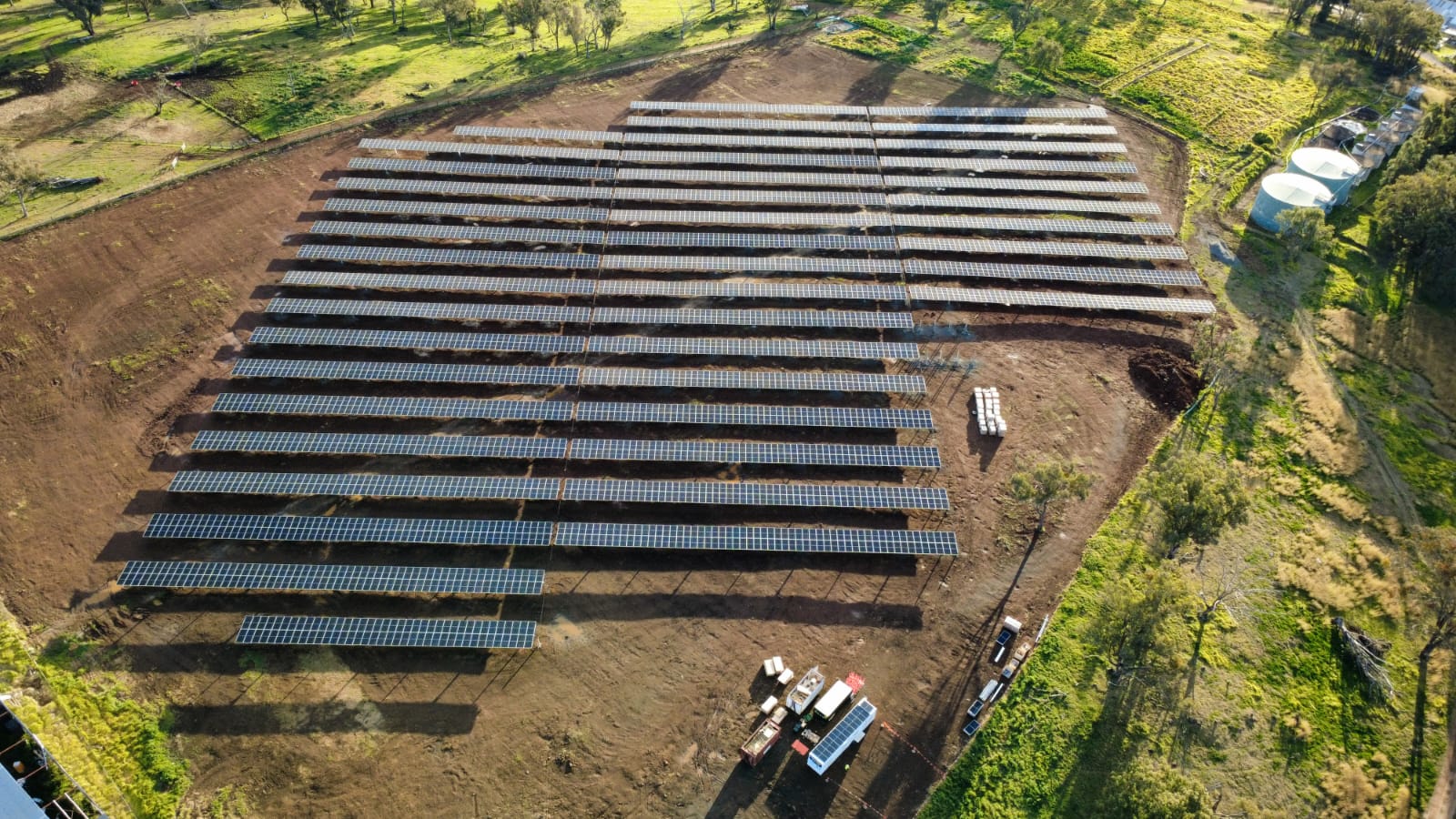
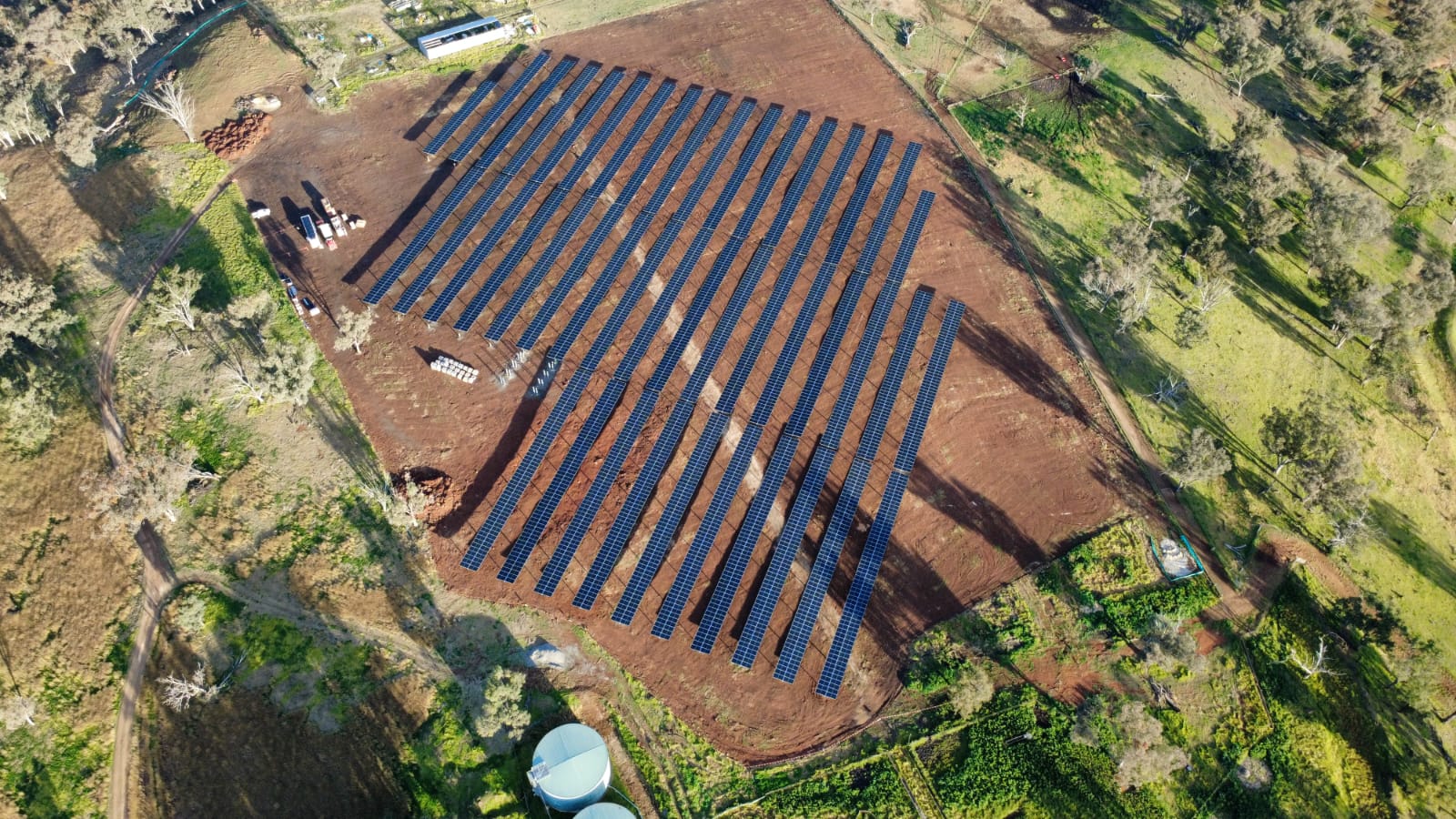
Say Yes To Batteries For A Ground Mount Solar Setup
Businesses can store extra energy for later use by adding a battery to their solar ground mounting system, especially during periods of high demand or power outages. When the sun isn't shining or there is a blackout, solar panel batteries provide dependability by addressing variations in energy production and consumption. It offers:
- Store excess solar power for use at night or during cloudy weather.
- Save more with time-of-use tariffs by using stored energy during peak hours.
- Reduce reliance on the grid and protect against blackouts.
- Maximize your solar investment by using more of what you generate.
- Add long-term value and energy independence to your property.
Additionally, Australia provides battery incentives, and solar batteries are a useful way to maximise solar energy use in areas without net metering. Solar batteries can give much-needed backup in places with an unstable grid, increasing energy independence and lowering dependency on the utility grid.
Frequently Asked Questions
What’s the best angle for ground mount solar in Australia?
Do I need council approval for ground-mounted solar?
Can I install ground solar on sloped or uneven land?
Is maintenance easier for ground mount than rooftop solar?
Can businesses and farms install ground-mounted solar?
Ready to Power Your Business with Sustainable Energy?
Let's take the first step towards a brighter and greener future.

